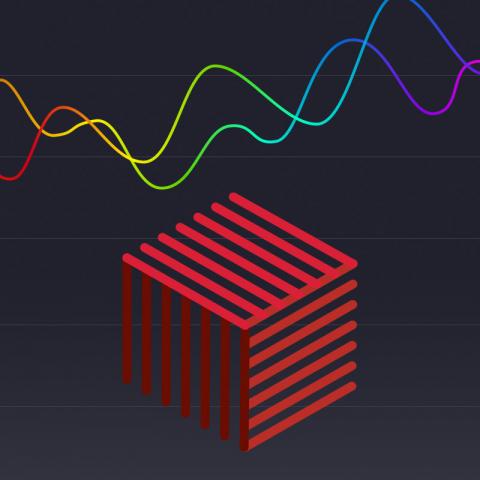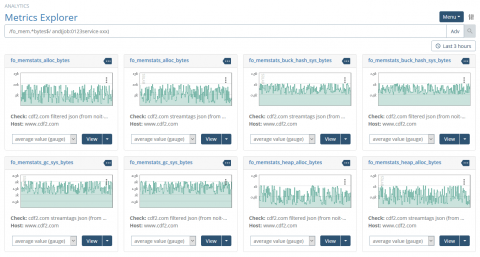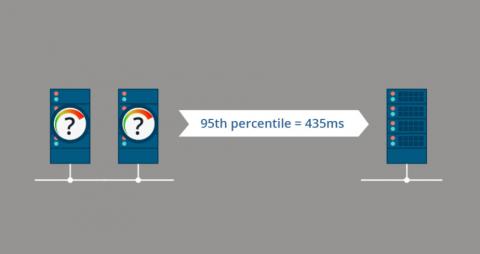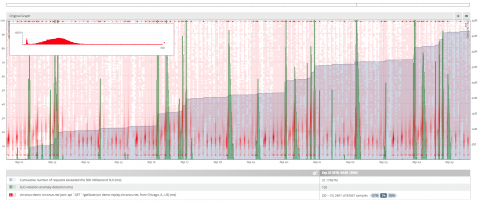Make Time for Smarter Business Decisions
Whether or not you’re familiar with time-series data, it has a significant impact on your life – and your business. If you aren’t using it, you’re missing out. If you are using it, you may not be getting the most out of it. First things first, let’s define time-series data. Simply stated, it’s any series of data points recorded with accompanying time stamps, usually as a sequence recorded at equally spaced intervals.











